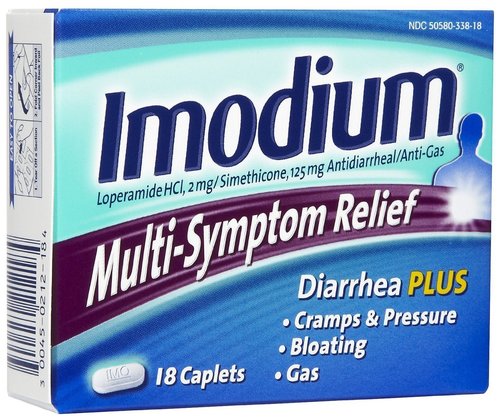Pain Patients More Likely Than Doctors to Favor Greater Access to Cannabis
/By Pat Anson
Americans living with chronic pain are significantly more likely to support greater access to cannabis than the physicians who treat them, according to a new survey that found broad support for cannabis education in medical schools.
Rutgers Health surveyed over 1,600 adults with chronic pain and 1,000 physicians in states with medical cannabis programs. The survey results, recently published in JAMA Network Open, show that 71% of pain patients support federal legalization of medical cannabis, compared to 59% of physicians.
Patients are also more likely to support nationwide legalization of recreational cannabis (55%), compared to about a third of physicians (38%).
"Cannabis is unique in terms of the complicated policy landscape," said lead author Elizabeth Stone, PhD, an Instructor at Rutgers Robert Wood Johnson Medical School. "Depending on what state you're in, it could be that medical cannabis is legal, it could be that medical and recreational use are legal, it could be that neither is legal, but some things are decriminalized.”
Currently, 38 states and Washington, DC have legalized medical cannabis and 23 of those states (plus DC) have legalized its recreational use. Cannabis remains illegal under federal law as a Schedule I controlled substance, but the DEA is considering a proposal from the Biden Administration to reclassify cannabis as Schedule III substance, which would allow for limited use of cannabis-based medication.
Personal experience plays a significant role in shaping attitudes about cannabis. The Rutgers survey found that people who used cannabis for chronic pain had the highest levels of support for expanding access, while physicians who don’t recommended cannabis for pain management had the lowest levels of support.
Although they have different attitudes about legalization, about 70% of patients and physicians favor requiring medical schools to train future doctors on cannabis treatment of chronic pain. There is also broad support for training that would allow physicians and nurse practitioners to recommend cannabis to their patients.
"I think it points to the need for future guidance around cannabis use and efficacy," Stone said. "Is it something they should be recommending? If so, are there different considerations for types of products or modes of use or concentration?"
Nearly two thirds of patients (64%) and about half of physicians (51%), favor requiring insurance companies to cover cannabis treatment of chronic pain.
Support for Cannabis Policies
JAMA NETWORK OPEN
Previous surveys have also found distinct differences in patient and physician attitudes about cannabis. A recent survey of primary care doctors found that nearly one in five (18%) would not accept a new patient using medical cannabis. And 40% said they would not accept a patient using non-medical or recreational cannabis.
Many doctors are worried what their colleagues will think or what law enforcement will do if they prescribed or recommended cannabis. A 2019 survey of oncologists and pain management specialists found that nearly two-thirds (65%) were concerned about the legal repercussions of recommending medical cannabis to their patients. And 60% were worried about professional stigma.
Many patients who live with chronic pain are turning to cannabis as an alternative to opioids. A recent PNN survey found that over 30% of pain patients said they had used cannabis for pain relief. Many did so because they couldn’t get an opioid prescription or had problems getting one filled.






